Exploring the Versatility of 2.4 GHz Transmitters and Receivers
The realm of wireless communication is vast, and at its core lies the essential category of 2.4 GHz transmitter and receiver systems. These devices are pivotal in enabling a myriad of applications, from remote control vehicles to intricate radio communication setups. The 2.4 GHz band, known for its robustness and global availability, is a preferred frequency for many wireless devices due to its balance between range and interference resistance.
Types and Applications
Within this category, there is a diverse array of products tailored to specific needs. The 2.4 GHz RC car transmitter and receiver units are crafted for the precise control of remote-controlled vehicles, while 2.4 GHz radio transmitter and receiver modules cater to broader communication needs. For hobbyists and professionals alike, systems such as the Flysky 6 channel transmitter and receiver offer enhanced control for various RC models, and the Futaba radio systems are renowned for their reliability in more demanding control scenarios.
Features and Materials
The construction of these systems often involves a combination of durable plastics, metals, and advanced circuitry. The Spektrum DXS DSMX 2.4 GHz transmitter is an example of a device that integrates sophisticated technology to ensure stable performance. Similarly, the Traxxas TQi transmitter and receiver are designed with robust materials that can withstand the rigors of outdoor RC activities.
Advantages of 2.4 GHz Systems
One of the primary advantages of the 2.4 GHz systems is their resistance to interference, which is crucial in areas crowded with signals. Additionally, technologies like FHSS transmitter and receiver (Frequency-Hopping Spread Spectrum) enhance this resistance by constantly changing frequencies, thereby reducing the chance of signal interruption. The Spektrum SLT3 transmitter is an example of a device that utilizes such technology to provide a stable connection.
Choosing the Right System
Selecting the appropriate 2.4 GHz RF transmitter and receiver depends on the application's specific requirements. For instance, the Flysky CT6B transmitter and receiver might be ideal for entry-level hobbyists, while the Futaba 4PK receiver caters to users seeking more advanced features. It's essential to consider factors such as range, channel availability, and compatibility with existing equipment when making a choice.
Conclusion
In conclusion, the 2.4 GHz transmitter and receiver category encompasses a broad spectrum of devices designed to meet various wireless communication needs. Whether it's for controlling a simple RC car with a 2.4 GHz RC car controller or managing a complex model aircraft with a high-end transmitter, these systems are integral to modern wireless communication. By understanding the specific features and applications of each system, users can make informed decisions to suit their particular requirements.
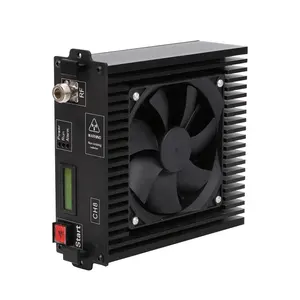



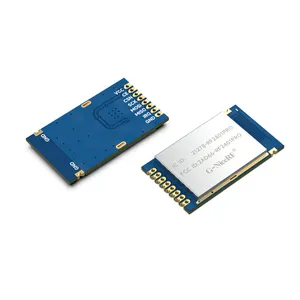




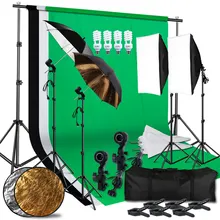

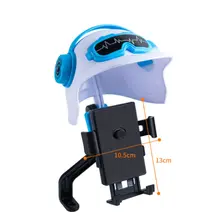
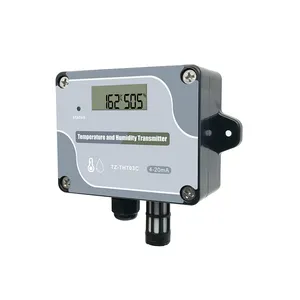


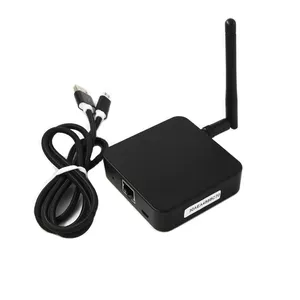
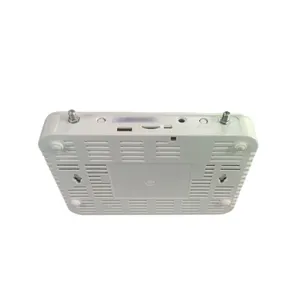
























 浙公网安备 33010002000092号
浙公网安备 33010002000092号 浙B2-20120091-4
浙B2-20120091-4